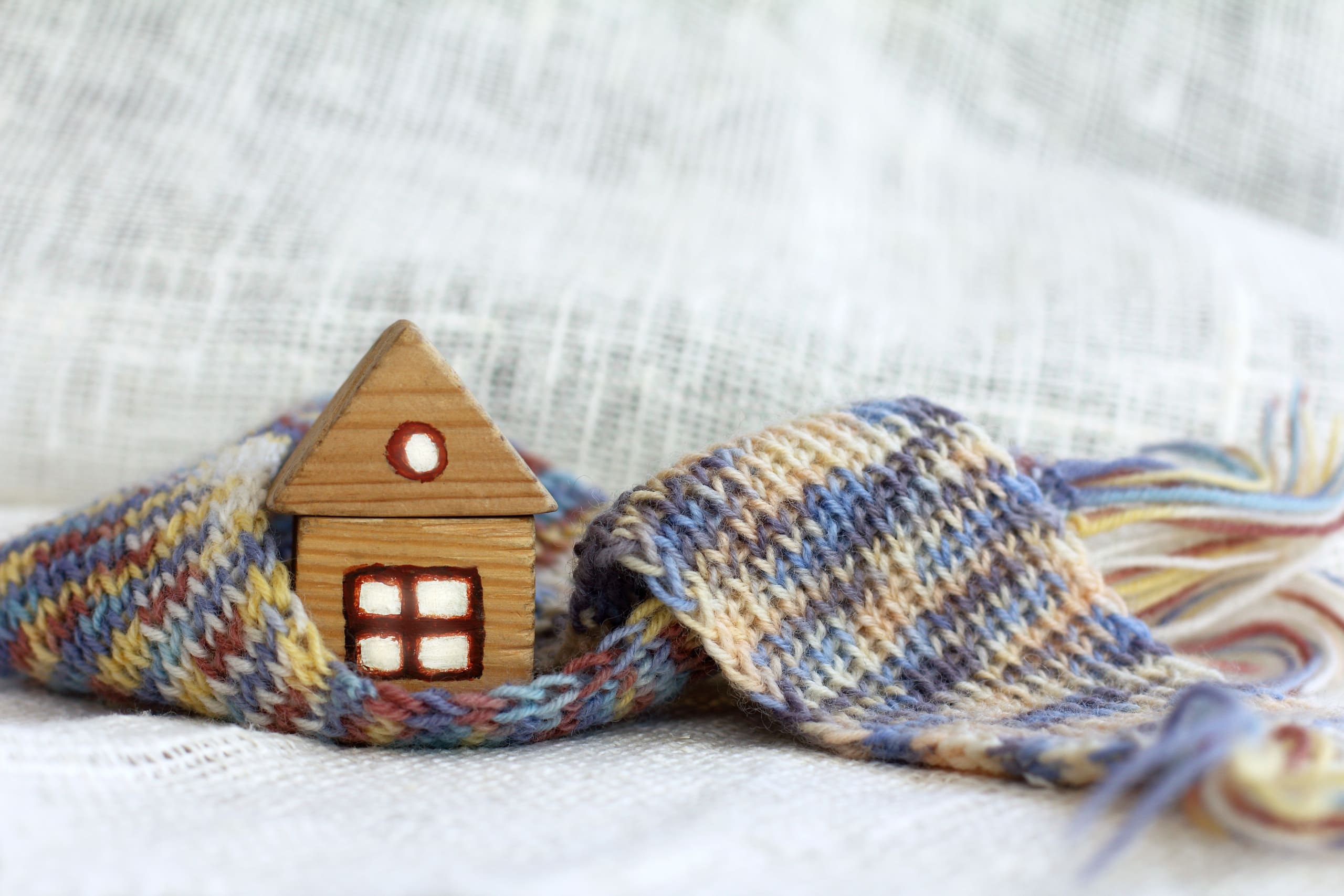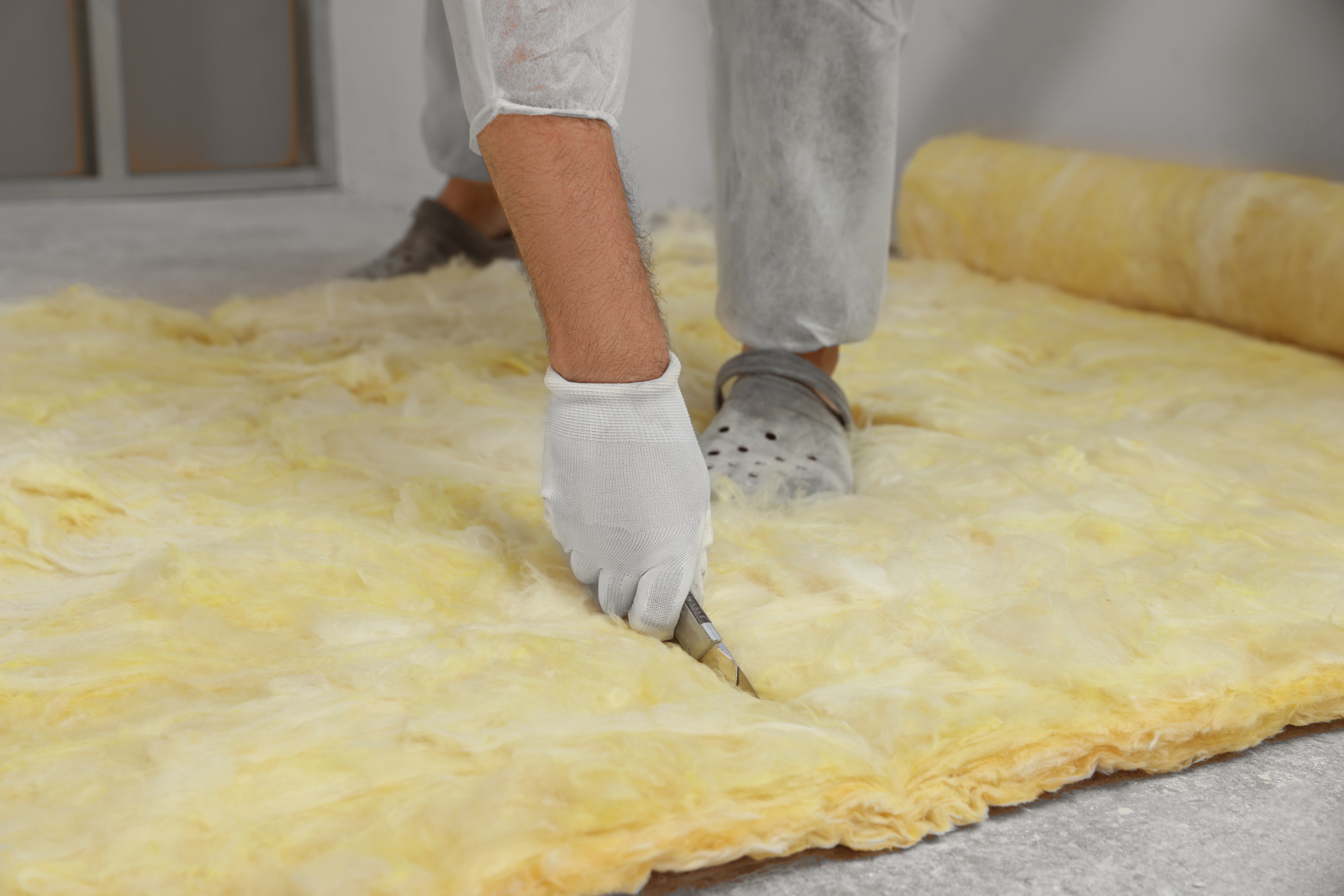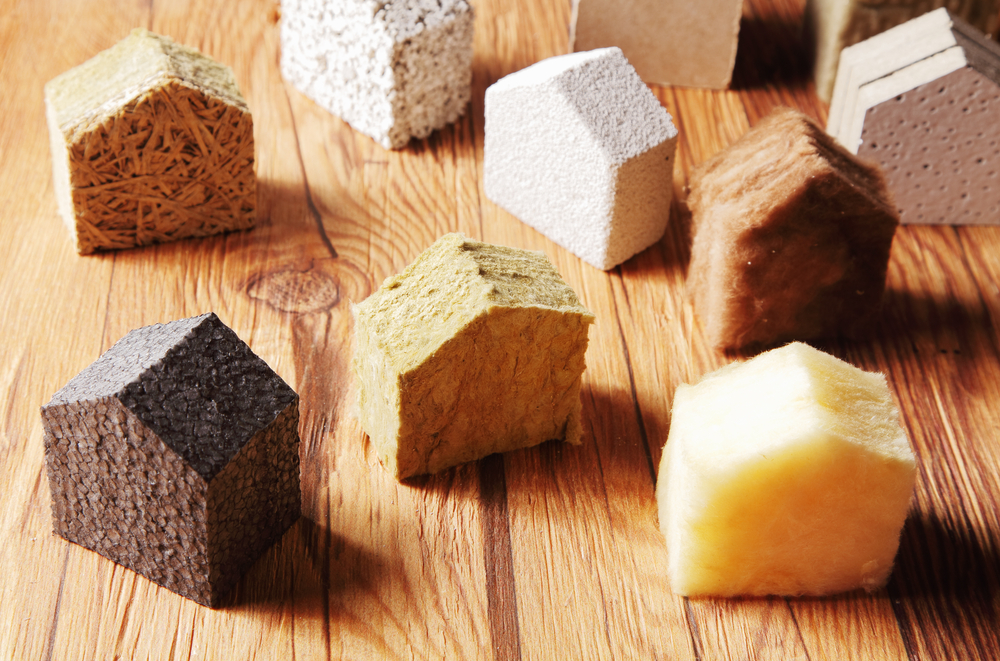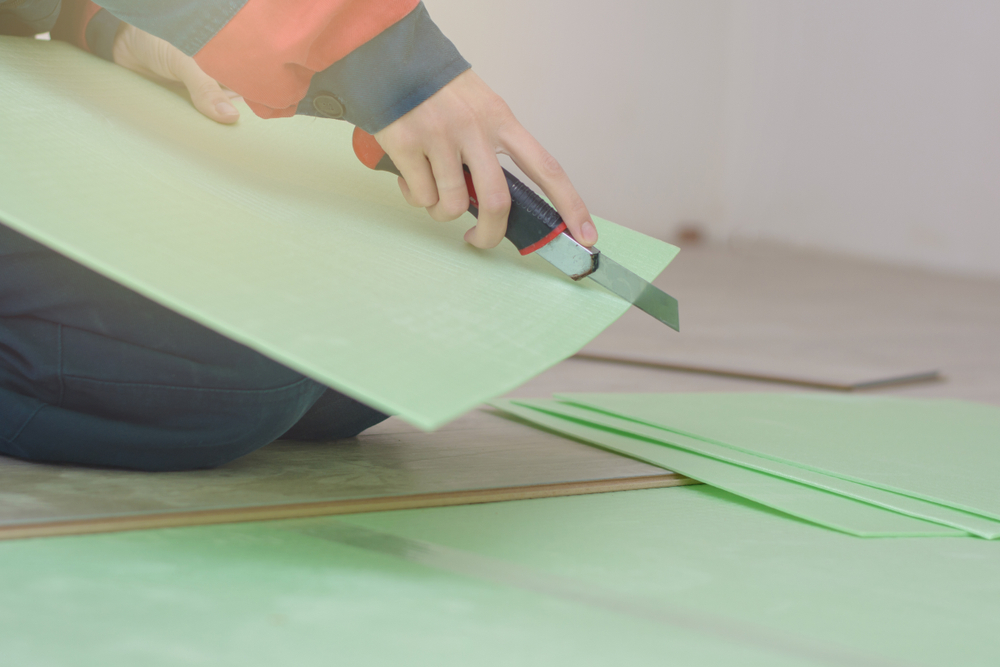Insulation Rolls
(71 Products)Insulation rolls, also known as batts or blankets, are flexible products made from mineral fibres such as fibreglass or rock wool. They are commonly used to insulate floors, walls, and ceilings to improve a building's energy efficiency. At Materials Market, you can take your pick from some of the biggest and most reputable manufacturers of Insulation Rolls in the UK, such as Knauf and Superglass. From loft insulation roll to acoustic insulation roll, we stock a variety of fibreglass (glass wool) products, all purposed to help you shave hundreds of pounds from your energy bills and maximise the comfort in your home.
What are Insulation Rolls?
Insulation rolls are long, continuous rolls of insulation material that provide thermal resistance and improve energy efficiency in buildings.
Highly versatile, they can be installed in various parts of a building structure, such as walls, ceilings, floors, or attic spaces, to reduce heat transfer, maintain indoor temperatures, and enhance overall comfort.
Predominantly, insulation rolls are made from either glass mineral wool, mineral rock wool or sheep's wool.
Glass mineral wool products are geared more toward thermal performance - making them the go-to choice for those wanting to bump up the temperature in their home and reduce energy bills.
Rock mineral wool products (such as Rockwool RWA45) tend to exhibit stronger acoustic benefits. Rock mineral wool also works excellently when it comes to insulating cavity walls.
What's more, they are both soft and flexible and can be cut to size with a simple utility knife and fitted into place with staples or other fixings.
Where Are Insulation Rolls Used?
- Timber Frame Separating Walls
- Timber Frame External Walls
- Internal Timber Floors
- Internal Concrete Floors
- Timber Separating Floors
- Roof Junctions
- Partition Walls
Benefits of Using Insulation Rolls
- Effective thermal insulation
- Energy cost savings
- Enhanced indoor comfort
- Sound reduction
- Moisture control
- Fire resistance (depending on material)
- Versatile and easy installation
- Long-lasting performance
- Reduced environmental impact
How to Cut Insulation Roll
- Prepare Your Workspace:
- Use a flat, clean surface.
- Optional: Use a plywood board to protect the underlying surface.
- Wear Safety Gear:
- Don protective gloves, goggles, and a dust mask or respirator.
- Measure and Mark:
- Measure the required length with a tape measure.
- Mark the cut line on the insulation using a marker.
- Position the Straightedge:
- Place a straightedge along the marked line to guide your cut.
- Cut the Insulation:
- Use a sharp utility knife to cut along the straightedge, ensuring a clean, straight cut.
Insulation Rolls - Safety Considerations
When installing insulation rolls, especially fibreglass types, wear protective gear such as gloves, long sleeves, a dust mask or respirator, and safety goggles to protect against irritation and airborne particles.
Frequently Asked Insulation Rolls Questions
Can I Install Insulation Rolls Myself?
Yes, you can install insulation rolls yourself, and it's a popular DIY project that can improve your home's energy efficiency and comfort.
How Do I Choose the Right Thickness for Insulation Rolls?
The right thickness of insulation depends on the level of thermal performance you need, which varies based on your climate zone and the part of the house you are insulating. Lower thermal conductivity values indicate better insulating properties and are recommended for colder climates.
Can Insulation Rolls Be Used in Any Part of a Home?
Yes, insulation rolls can be used in various parts of a home, including attics, walls, and crawl spaces. Ensure the insulation material is suitable for the specific application, especially concerning moisture and fire resistance.
How Do I Install Insulation Rolls?
To install insulation rolls, measure the area to be insulated, cut the insulation to size using a sharp utility knife and straightedge, and fit the insulation snugly between joists or studs.
Use staples to secure faced insulation rolls with a vapour barrier.
Can Insulation Rolls Be Layered for Extra Efficiency?
Yes, you can layer insulation rolls for improved thermal performance. Make sure that the combined thickness does not compress the underlying layers, as compression can reduce the overall effectiveness of the insulation.
Do Insulation Rolls Have a Shelf Life?
Insulation rolls do not have a specific shelf life as long as they are kept dry and are not mechanically compressed. Store them in a dry area to maintain their insulating effectiveness over time.
What Is the Difference Between Unfaced & Faced Insulation Rolls?
Faced insulation has a vapour barrier attached to one side, typically made of kraft paper or foil, which helps control moisture.
Unfaced insulation does not have this barrier and is used where vapour control is not necessary or when adding insulation to existing insulation.
What Tools Do I Need To Cut Insulation Rolls?
- Sharp utility knife
- Straightedge or ruler
- Tape measure
- Work gloves and safety goggles
- Dust mask or respirator

.jpg)
.jpg)
.jpg)
.jpg)
.jpg)
.jpg)
.jpg)

















